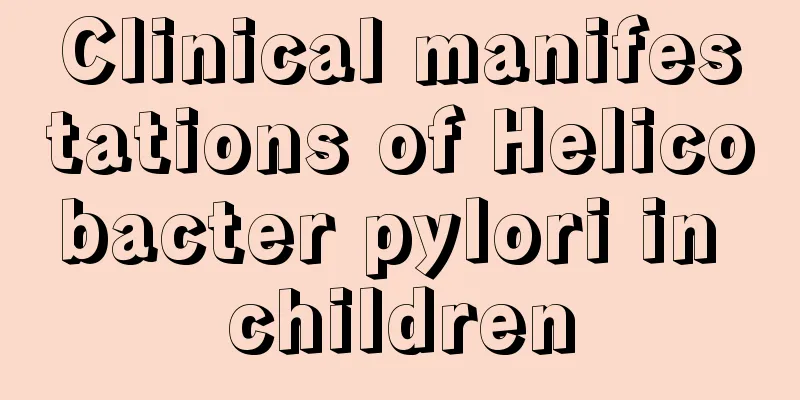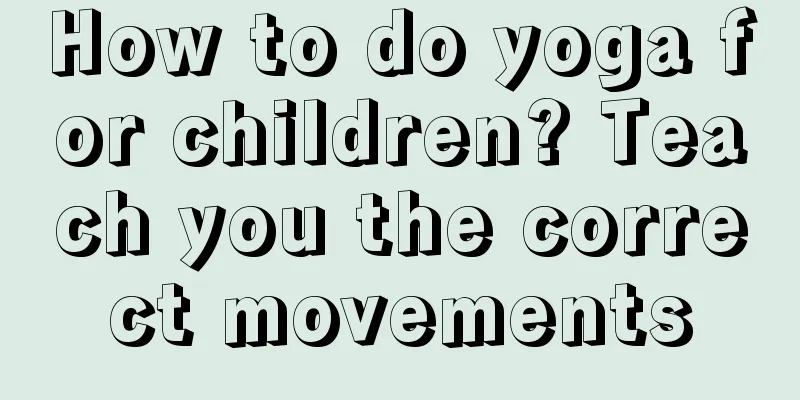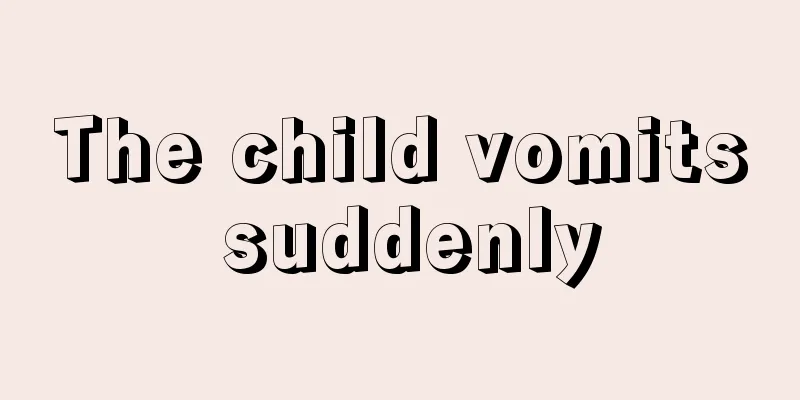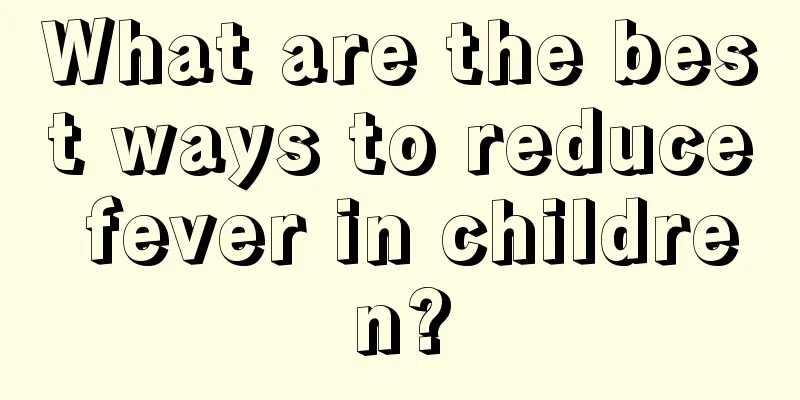Clinical manifestations of Helicobacter pylori in children

|
There are many common diseases in children. When treating children's diseases, we must first understand the diseases, so that we can know what method to choose when treating them. When treating children's diseases, we cannot choose treatment methods arbitrarily. This will not be good for children's health and will affect their growth. Many people are not familiar with Helicobacter pylori in children. What are the clinical manifestations of Helicobacter pylori in children? Helicobacter pylori in children: Clinical manifestations Hp is a chronic source of infection. After entering the body, it mainly settles in the gastric mucosa, causing a series of pathological changes and leading to different clinical consequences. Common Hp-related diseases in children are mainly chronic active gastritis, duodenal ulcer and gastric ulcer, rare are gastric MALT lymphoma and rare gastric adenocarcinoma. Therefore, the clinical manifestations after infection with Hp are also the symptoms of these diseases, such as upper abdominal pain, fullness, early satiety, anorexia or upper gastrointestinal bleeding. 1. Children with chronic gastritis: have varying degrees of indigestion symptoms with varying severity of clinical manifestations and a prolonged course of the disease. The main symptom is recurrent abdominal pain with no obvious regularity that usually worsens after eating. The exact location of pain is usually around the navel. Young children may only experience restlessness and changes in normal eating behavior when experiencing abdominal pain, while older children may experience symptoms similar to those of adults, often complaining of upper abdominal pain followed by belching, early satiety, nausea, upper abdominal discomfort, and acid reflux. Eating hard, cold, spicy food or catching a cold or when the temperature drops may trigger or aggravate the symptoms. Some children may have loss of appetite, fatigue, weight loss and dizziness, and those with gastric erosion may have black stools. The physical signs are mostly not obvious, and the tenderness may be located in the upper and middle abdomen or around the navel, covering a wide range. 2. Peptic ulcer in children: The clinical manifestations are varied, and the symptoms vary greatly at different ages. (1) Neonatal period: The main features are sudden upper gastrointestinal bleeding or perforation, which often presents acutely, with symptoms such as vomiting blood, bloody stools, abdominal distension, and peritonitis, which are easily misdiagnosed. Most cases in this period are acute stress ulcers, with a high mortality rate. The disease most often occurs within 24 to 48 hours after birth. (2) Infancy: Children in this period often have an acute onset of illness, irritability, poor appetite, sudden vomiting of blood, and black stools. In the early stages, they may also have loss of appetite, repeated vomiting and abdominal pain, and slow growth and development. (3) Preschool period: During this period, abdominal pain symptoms are obvious, mostly located around the navel and occurring intermittently. The relationship with diet is unclear. Nausea, vomiting, acid reflux, anemia, and upper gastrointestinal bleeding are also common. (4) School age: As age increases, clinical manifestations become similar to those of adults, with symptoms mainly including upper abdominal pain and periumbilical pain, sometimes with night pain, or acid reflux, belching, or chronic anemia. A few people present with painless black stools, fainting, or even shock. After understanding the clinical manifestations of Helicobacter pylori in children, when treating Helicobacter pylori in children, it is necessary to proceed according to the children's disease manifestations. Only in this way can the treatment of the disease achieve good results. In addition, attention should be paid to the treatment of Helicobacter pylori in children. If the children have other abnormal conditions during the treatment, they need to be explained in time. |
<<: What are the reasons for the crying of full-month babies?
>>: What is the appropriate age for children to undergo circumcision surgery?
Recommend
How long is the sun exposure good for jaundice?
Neonatal jaundice is a very common condition. Aft...
How to train children's balance ability
Many young children now have very poor balance ab...
The best treatment for children's pharyngitis, medical experts will tell you
Parents don’t need to be too anxious about the pr...
What should I do if my child has a fever of 381 degrees?
Children are the focus of the entire family. Beca...
What to do if your baby coughs in spring
Spring is the most beautiful season. As the weath...
How to cultivate good habits in children?
Nowadays, most families have only one child, and ...
How to take care of a child with foreskin that is too long?
When many parents find that their children’s fore...
How to treat and care for cough and asthma pneumonia in children?
In daily life, we often hear parents say that the...
What should children eat when they have diarrhea?
Parents are the ones who worry the most when thei...
What to do if your two-year-old baby is constipated
There are many reasons why two-year-old babies su...
Can children's ADHD really heal itself?
ADHD is a problem that has troubled parents for a...
What causes dizziness in children?
In the process of taking care of children, many p...
What is the most nutritious food for babies?
Most parents are very concerned about their baby&...
What happens if my child has white spots on his body?
If a child has white spots on his body, it is ver...
Baby blinks hard
If you find that your baby is always blinking har...









